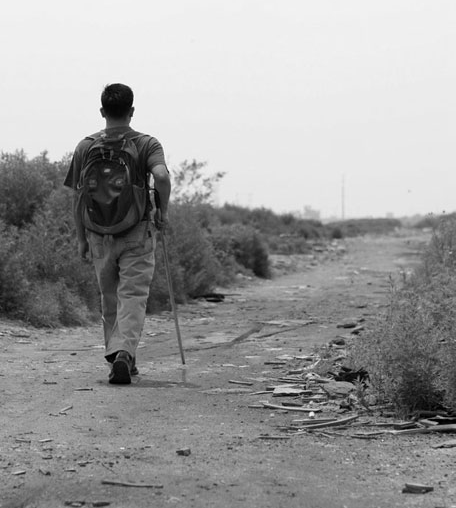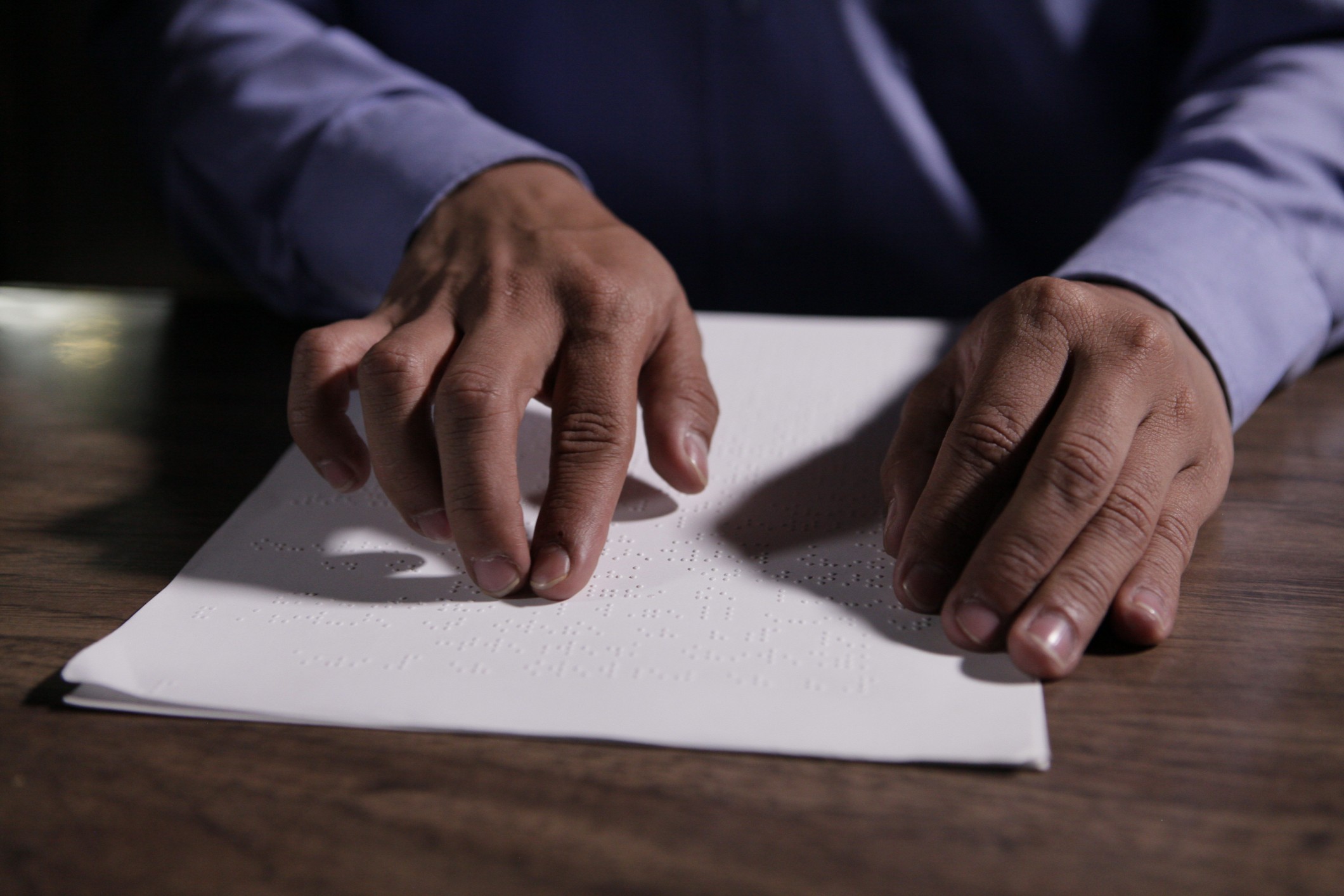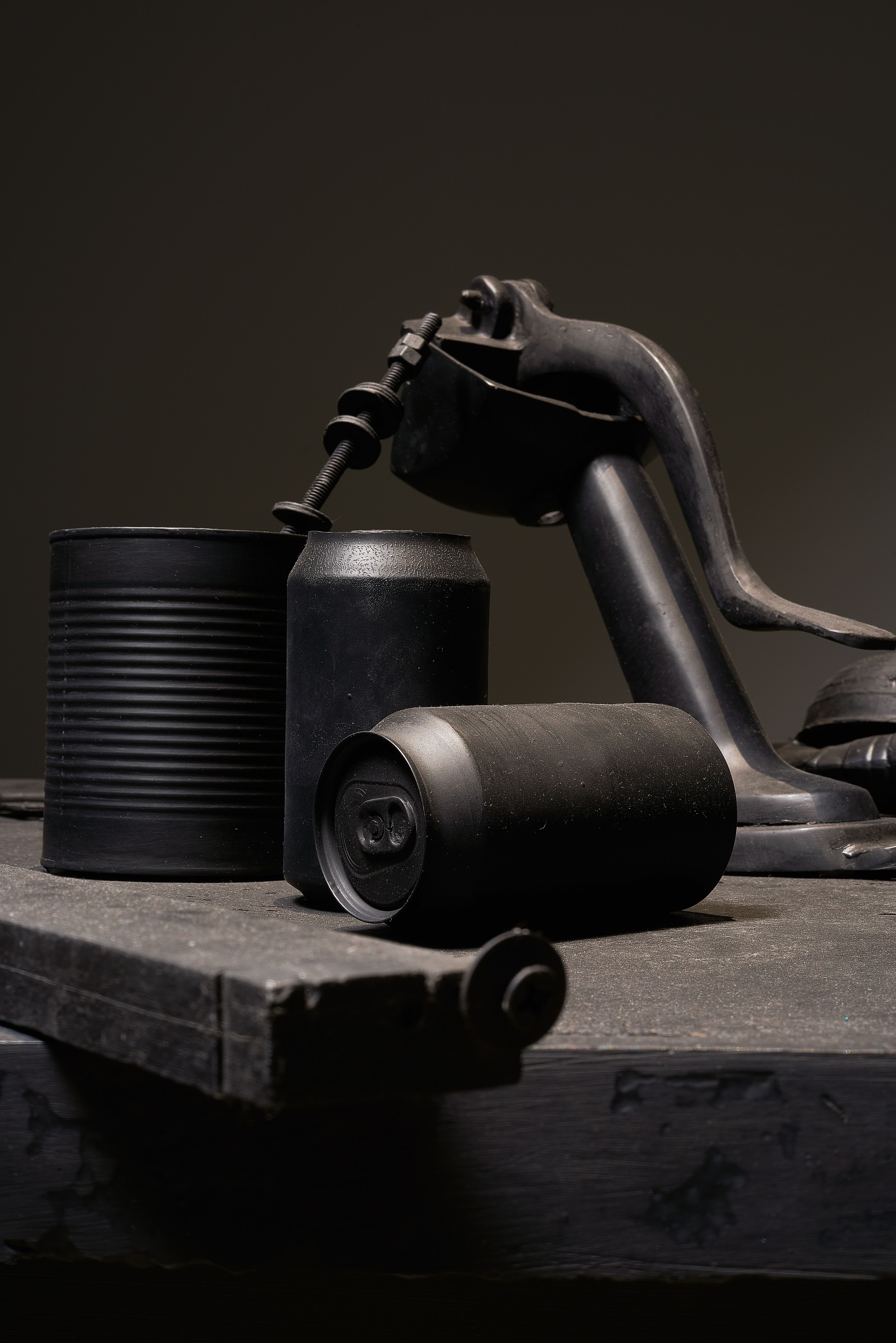Camel Collective
The Distance from Pontresina to Zermatt is the same as the distance from Zermatt to Pontresina
Camel Collective is made up of the artists Carla Herrera-Prats and Anthony Graves and was established in 2005. Their projects make use of performance, video, sculpture and photography to create works that address the notions of contemporary work, power, and production. Their visual language is based on narrative theater and playwriting, combined with irony and research, and incursions into marginal histories and critical pedagogies.

Their narrative videos replicate social fields, examining the contradictions of “immaterial” labor, the immateriality of post-production’s inventory of mechanized effects, and the myths of cultural production. Camel works at the intersections of disciplines and with collaborators from a variety professions to question the demand to behave professionally while sustaining creative heterodoxy.
Theatralized stages become exhibitions for the productive frictions generated when genres crossover: lighting design becomes an illumination of work, discourse becomes a chorus, documents become a strike, a political impasse becomes an opportunity for painting.

Camel Collective present a new work: The Distance from Pontresina to Zermatt is the Same as the Distance from Zermatt to Pontresina is a two channel video lasting 25 minutes with sound, accompanied by a series of drawings and photographs focused on a selection of letters between two German Jewish intellectuals: Theodor Adorno and Herbert Marcuse. The letters address the divergent positions of the two thinkers on the revolutionary potential of the student movements of 1969 in the U.S. and Germany, and the responsibilities and obligations of intellectuals in relation to protest and direct action. This work investigates what it means to embody or “touch” theory. The artists ask what role sensuality may perform in the gap between the text and the world, that is, between theory and practice.

Camel Collective has taken the final letters exchanged by the two philosophers as the starting point to continue one of the central processes in their work: the staging of the material aspect of intellectual labor, and revealing the forms of work hidden in most modes of cultural production. In the video, the illusory nature of film production is suggested, while the means of production of this illusion are shown. The narrative takes place in the sound room of the Estudios Churubusco film studio, where a team of Foley artists—who by definition never appear in the scene—create sound effects in the presence of two blind actors who read the letters of Adorno and Marcuse. In a series of games, the image as product substitutes the image as production and vice versa, revealing the interior of the sound studio, together with the two locations where the actors perform: downtown Mexico City and the Bordo de Xochiaca. The artists create a device that multiplies the visual and above all the sound planes, in which the difference between “real” sound and the sound effect is blurred. The aim of Camel Collective is for the deployment of multiple sound planes to both reveal the masquerade and bring up to date the relevance of the arguments contained in the letters, while presenting the art and unique work of the Foley artist.

Artist: Camel Collective (Carla Herrera-Prats y Anthony Graves)
Curator: Alejandra Labastida
Translation: Fionn Petch, Celorio Morayta, servicio especializado de idiomas
Publicación
Publication
Camel Collective
Authors : Alejandra Labastida, Richard Lehun, Esther Leslie, Herbert Marcuse, Ilán Semo, Jaime Soler Frost, Theodor W. Adorno
Language : Spanish - English
Editor: MUAC, UNAM
Price: $260




